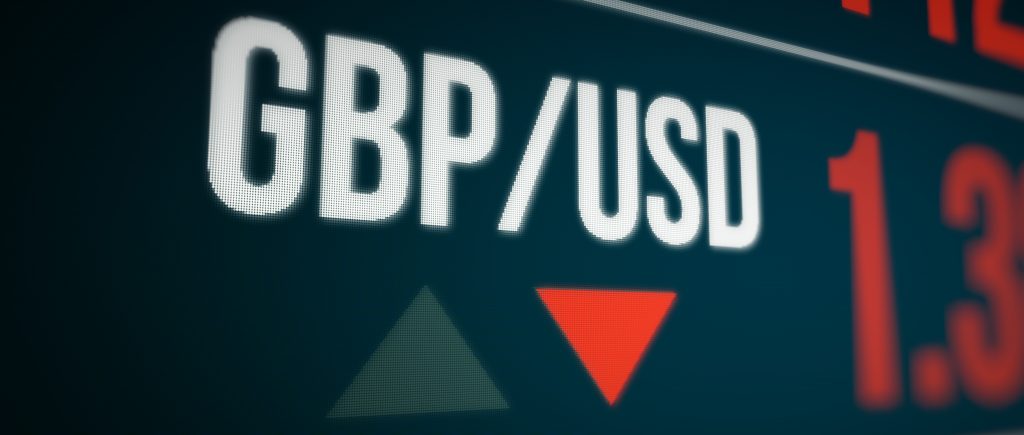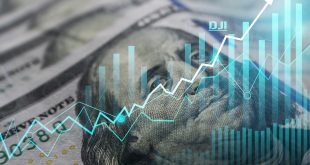The GBP/USD pair prepares to finish the week with losses of almost 1% amid risk-off market mood and robust US employment data. The GBP/USD pair is seen struggling at 1.2600 and slides sharply below the 1.2500 figure after upbeat US economic data boosted the greenback, while UK traders remain on holiday observing the Queen’s jubilee.
At 1.2507, the GBP/USD records losses of 0.53% in the North American session. Risk-off market mood keeps market players uneasy. Albeit the US May, Nonfarm Payrolls report added 390K employees to the economy, better than the 318K expected, worries about the US getting into a recession courtesy of the Fed’s tightening pace waits.
Later in the day, the Institute for Supply Management (ISM) unveiled that the Non-Manufacturing PMI increased by 55.9, lower than the 56.4 expected. The report portrays businesses’ resilience, after last week’s Q1 GDP contraction of 1.5%, according to the second estimate from the Bureau of Economic Analysis.
In the same report, Average Hourly Earnings stayed put at 5.2% on a yearly basis, still reflecting the tight labor market but easing worries of a wage-price spiral. Analysts believe that the May report supports the view that while the labor market remains firm, it continues to gradually slow. We think today’s report does not change the calculation for the Fed, supporting their inclination to front-load interest rate hikes until it reaches a more neutral stance by the fall.
In the week ahead, the UK’s economic docket would feature May’s BRC Retail Sales, the Halifax House Price Index, and the GDP on a month-over-month and the 3-month average.
Fed board members begin their blackout period on preparations for the June meeting. However, investors’ eyes would be on the inflation report alongside the UoM June’s Consumer Sentiment.
The GBP/USD is still downward biased, as reflected by the daily chart. The daily moving averages (DMAs) above the exchange rate, alongside RSI’s readings turning bearish and with a downslope, opens the door for further losses. Nevertheless, if the GBP/USD is about to fall further, a break below the June 1 low at 1.2458 is required. Once cleared, the GBP/USD’s next support would be the May 17 daily low at 1.2313, followed by the YTD low at 1.2155.

 Noor Trends News, Technical Analysis, Educational Tools and Recommendations
Noor Trends News, Technical Analysis, Educational Tools and Recommendations




